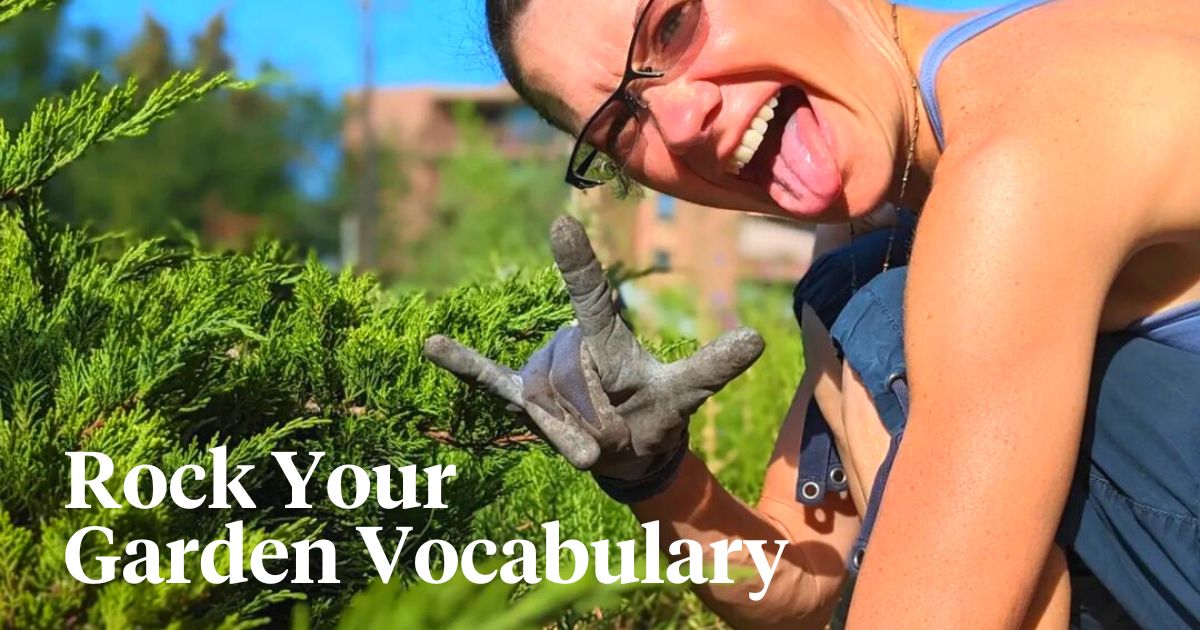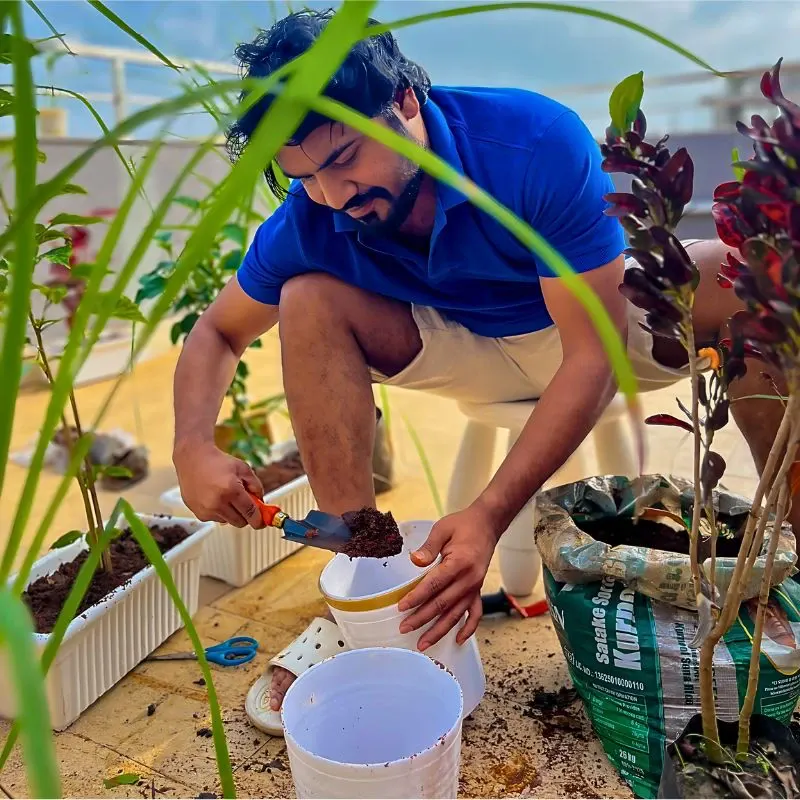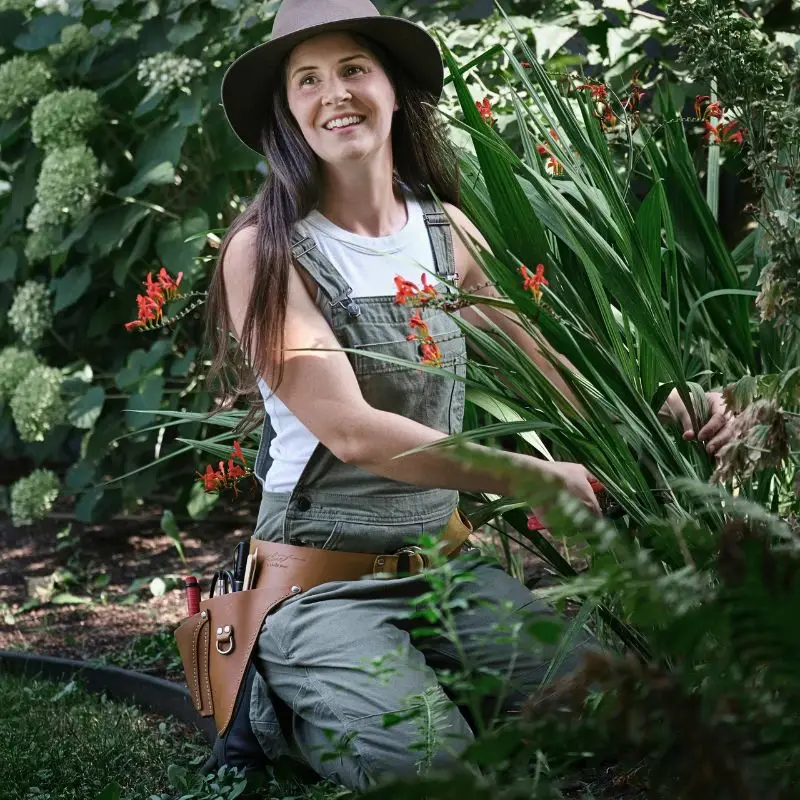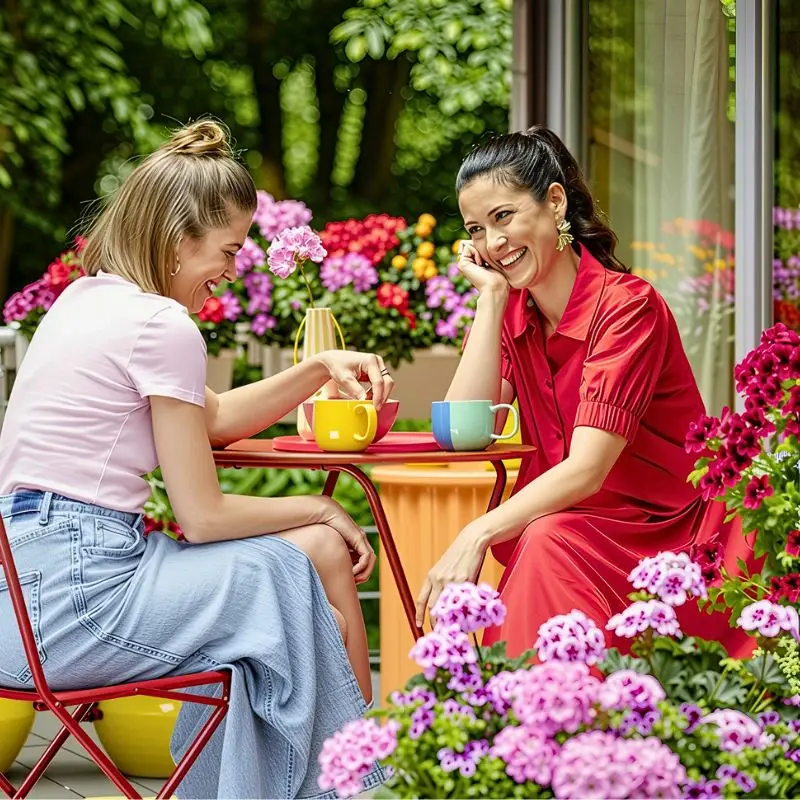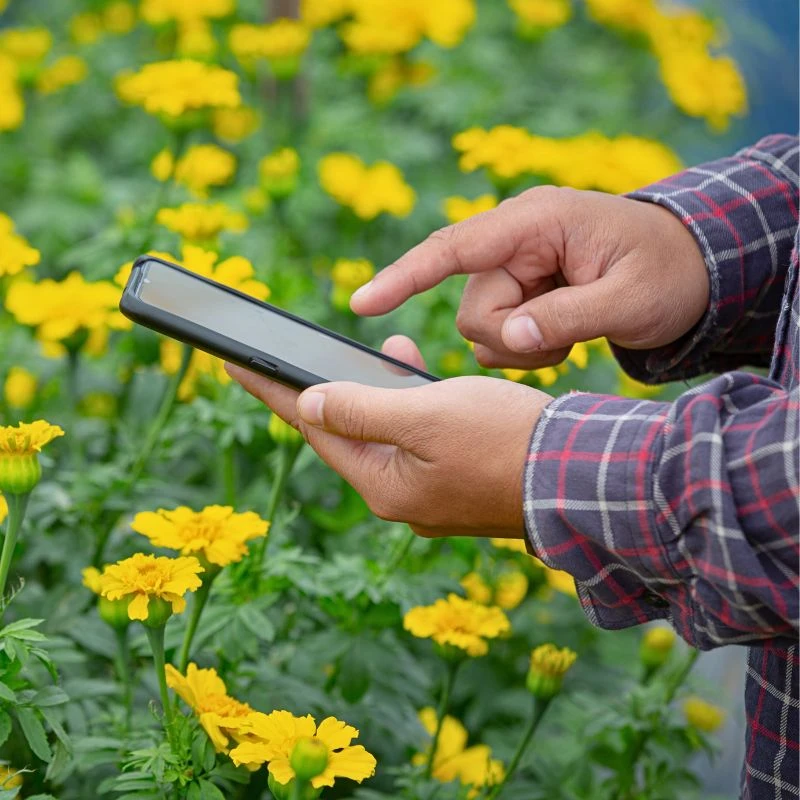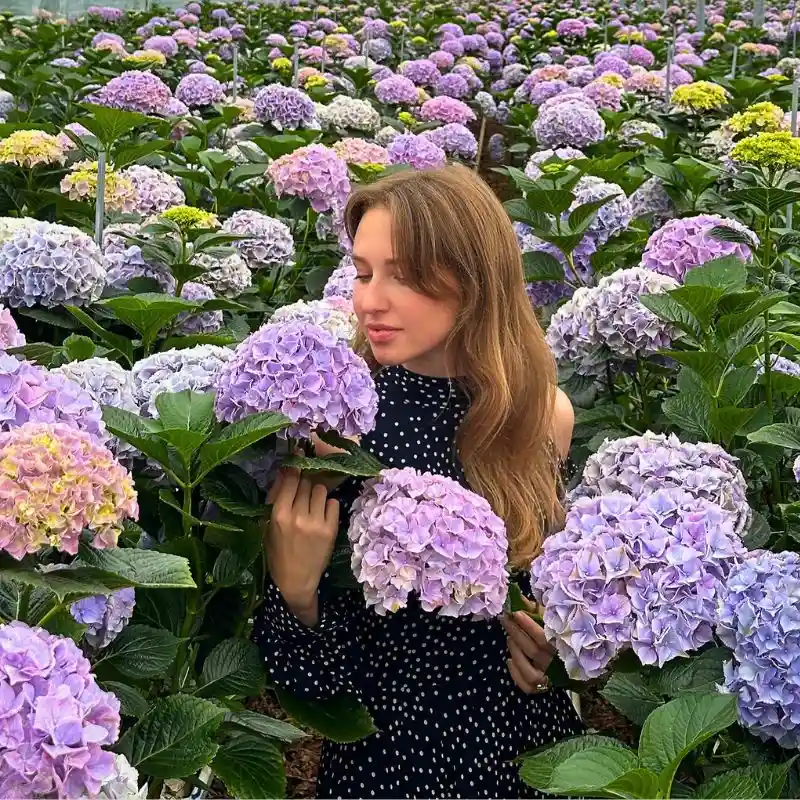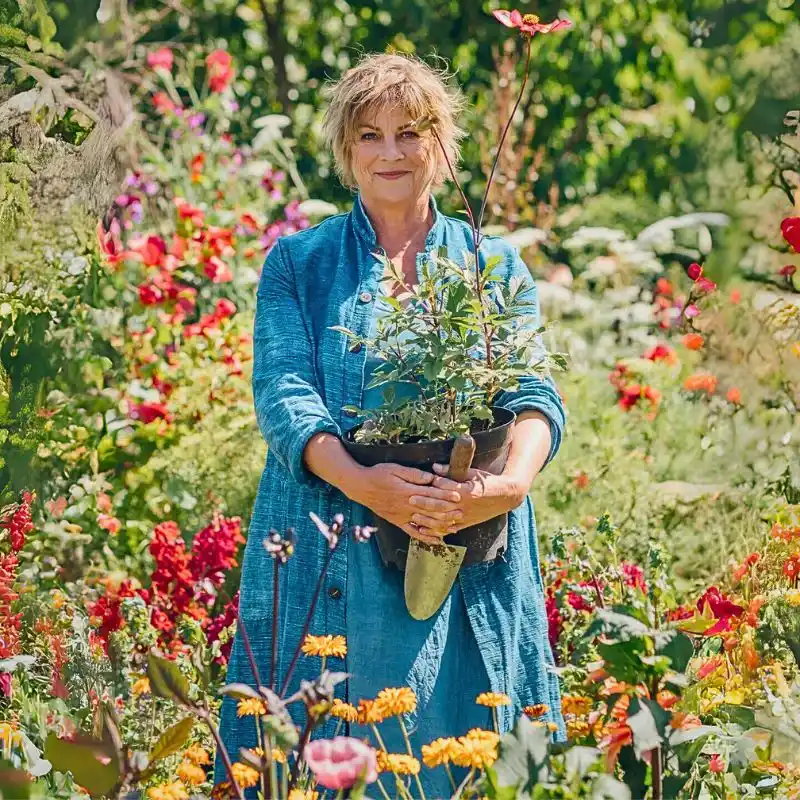If you want to learn how to plant and have a fond interest in widening your gardening skills, you must first understand the language. Understanding the basic soil, garden, and flower terminology will help you get started, whether you're asking landscapers for advice, buying materials for your new flower bed, or simply learning about what to plant and grow. Here are fifteen gardening terms beginners should know for sure!
15 Gardening Terms Beginners Should Know to Start Their Plant Journey the Right Way
You must know that gardening is divided into several areas and materials. To start off the garden glossary, you'll be learning about the most important soil terms first.
1. Fertilizer
From time to time (and at the correct points in the year), you'll need to feed the plants in your garden—and that's where fertilizer comes in. You'll come across two main options: synthetic and organic. The former is the fertilizer that has been synthesized in a lab which delivers a fast-acting and more refined, concentrated form of nutrients and can be incorporated into the soil in granular or water-soluble forms. Organic fertilizers are derived from naturally decomposed plant and animal materials and are often more beneficial to your soil's health long term.
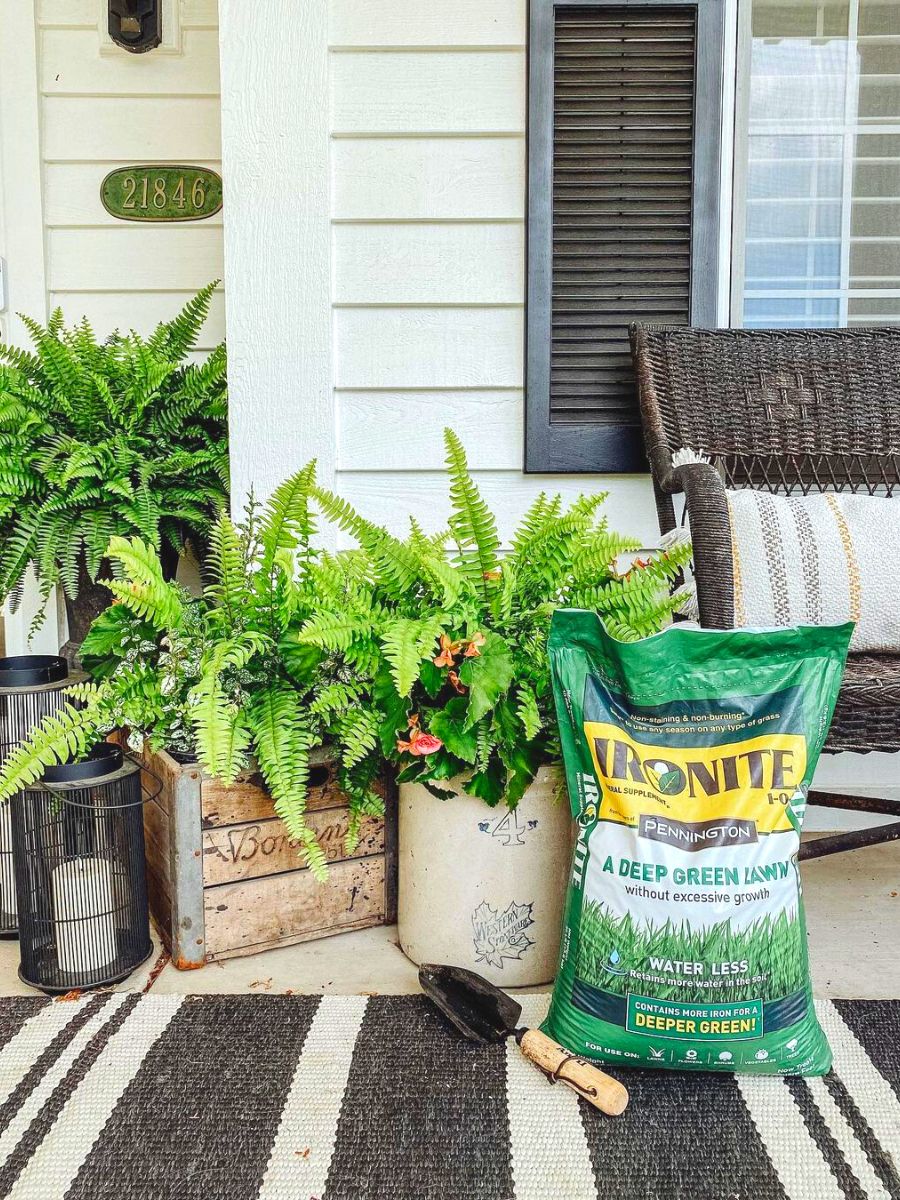
2. Mulch
Mulch is simply a protective layer of a material that is spread on top of the soil. Mulches can either be organic, such as grass clippings, straw, bark chips, and similar materials, or inorganic, such as stones, brick chips, and plastic. It's applied on the surface of garden beds or trees to help with moisture retention, weed suppression, or insulation (it can protect plants from frost in the winter). Without a doubt, a gardening term beginners should know when starting their plant adventure.
3. Annuals
As said by gardening experts, annuals are plants that grow from seed, flower, set seed, and eventually, they end up 'dying' off in a single season, so you'll need to plant them again the next year (and so on) if you want to enjoy their color and texture for seasons to come. Begonias, cosmos, and zinnias are common annuals to plant in gardens. You'll be hearing the term annuals a lot if you get involved in the gardening world, so take note of this and all the other 15 gardening terms that are perfect for beginners!
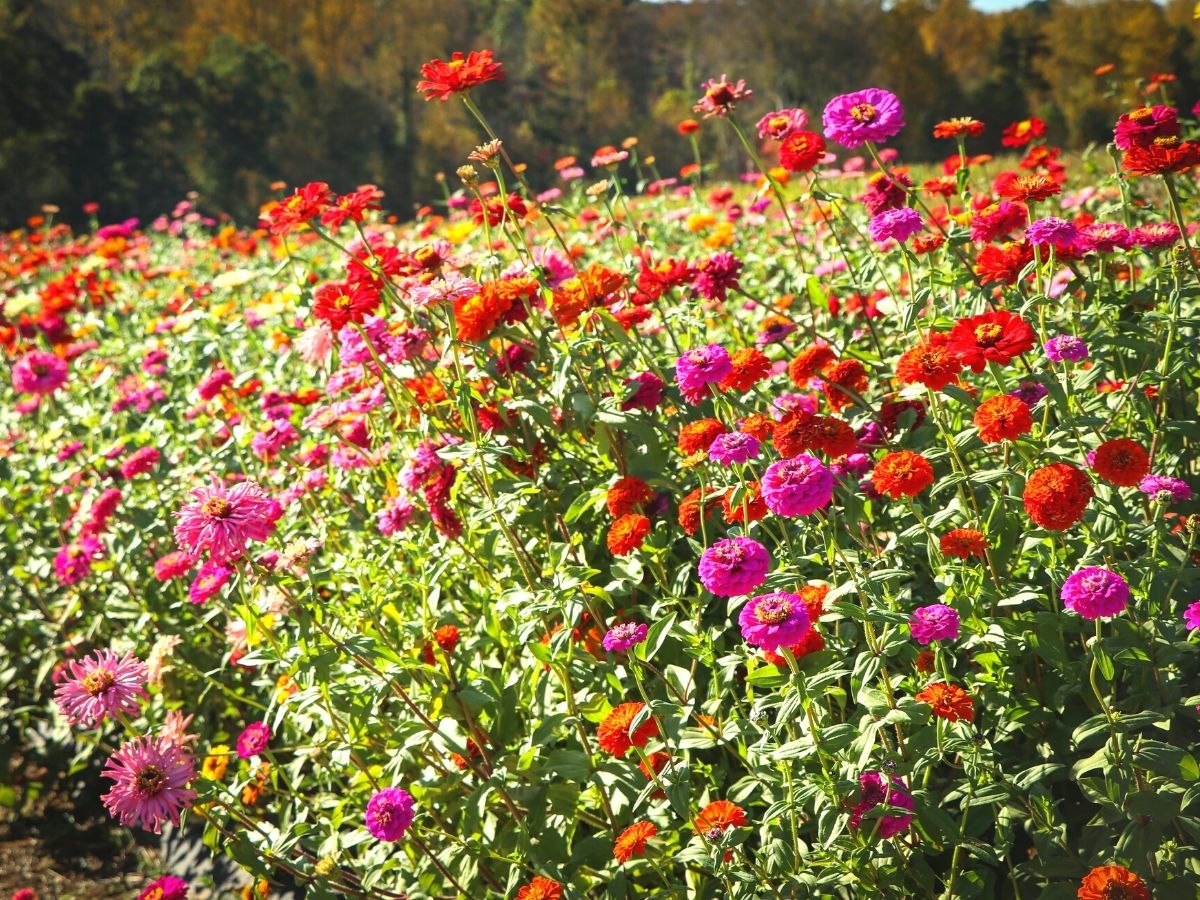
4. pH
The pH of your soil characterizes its acidity and alkalinity, which affect plant nutrition availability. The pH of plants is measured on a scale from 0 to 14 (7 being neutral, 0 to 7 acidic, and 7 to 14 alkalinic). The acidity or alkalinity of the soil is important for mineral nutrition and nutrient availability—and it can also be adjusted to better fit the plant you want to grow.
5. Potting Mix
A potting mix is what container growers require. They are made up of organic and inorganic elements that are free of pests, diseases, and weeds. 'Potting mix', often known as a soilless combination because it lacks the traditional elements found in soil, such as silt and clay, is ideal for plants grown in containers because it includes larger particles and pore spaces that allow for better aeration and drainage.
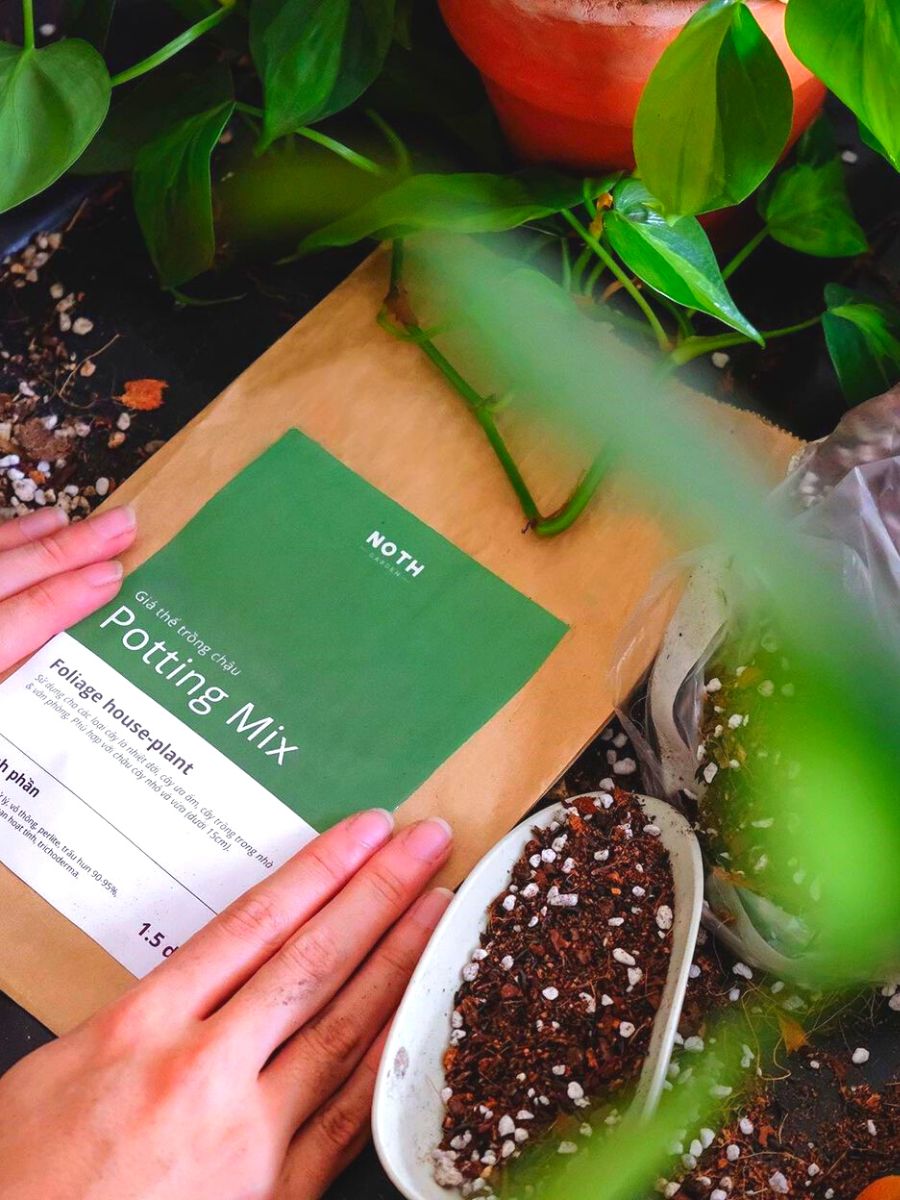
These are just a few of the most important gardening terms regarding soil, but when it comes to general language in the gardening world, here are more words to familiarize yourself with.
6. Bulbs
Bulbs are these circular, underground storage organs that are characterized by a short stem with a developing apex that is surrounded by thick, fleshy modified leaves known as scale leaves. Bulb-grown plants and flowers include tulips, irises, daffodils, and crocus. Bulb planting is customary in the fall, before your region's first frost and they normally flower in April.
Although 'bulb' is a generically used word for many round or kind-of-bulb-shaped things that you put in the soil to grow, there is more to it than just 'bulb'. You have also tubers, rhizomes, and corms, for instance. Read all about this in the article 'Explained - What Are Bulbs, Tubers, Rhizomes, and Corms?'
7. Photosynthesis
Remember this from biology class in eighth grade? Photosynthesis is the process by which plants convert light energy into chemical energy, which is then used to fuel various plant processes. This occurs within a plant's leaves and involves the green pigment chlorophyll. Plants require sunlight to grow, and this is the mechanism through which they do it.
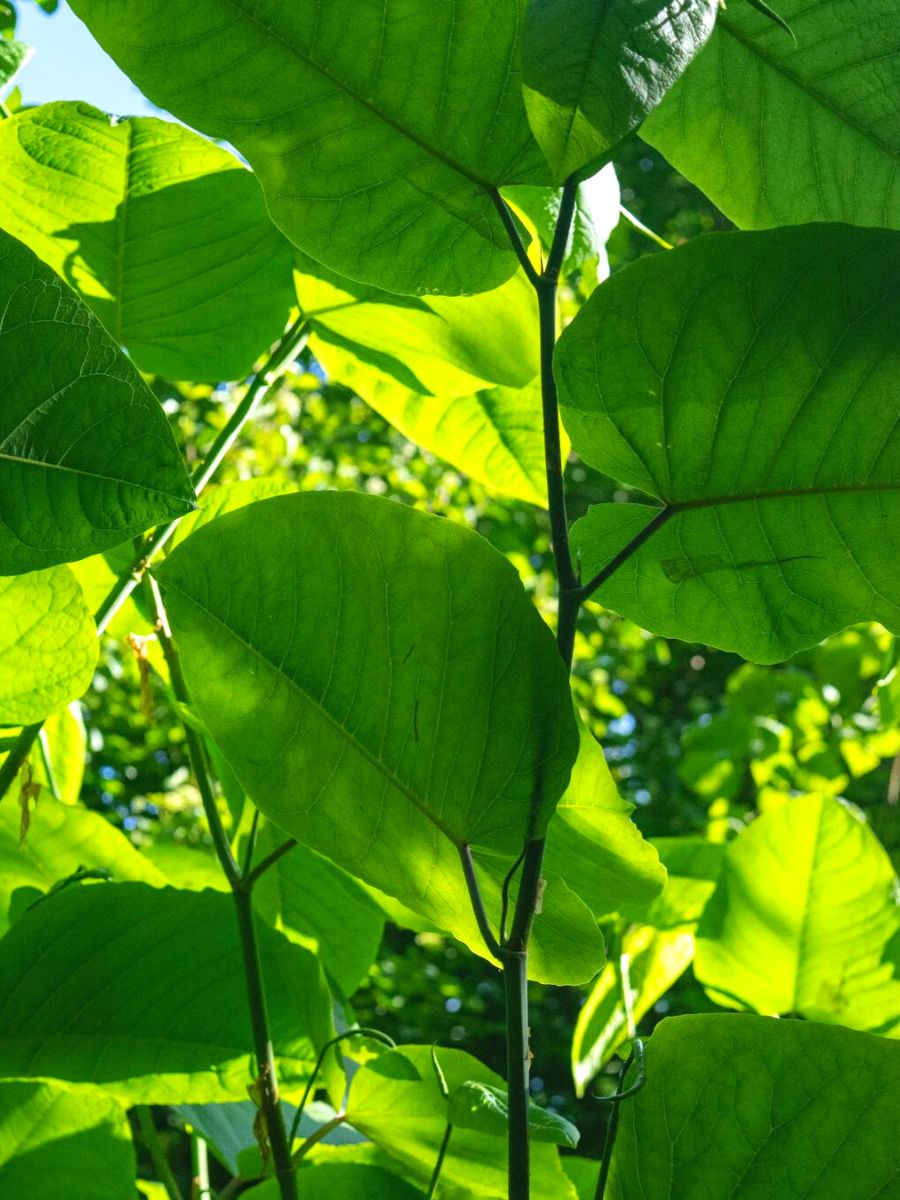
8. Nodes
For all the gardening beginners out there, nodes are known to be the spots on a plant's stem where leaves, aerial roots, and branches originate. When trimming (usually just above a node) or propagating, you'll need to look for a plant's node.
9. Perennials
Perennials, on the other hand, are plants that live for more than two years and typically bloom for one season each year. These cold-hardy plants usually reappear every spring. Perennials are vital to have in your garden since they lessen your burden throughout each growing season—though they aren't always hands-off. When planting a perennial garden with peonies, roses, delphinium, geraniums, and daylilies, keep flower shade requirements, bloom time, and seasonality in mind.
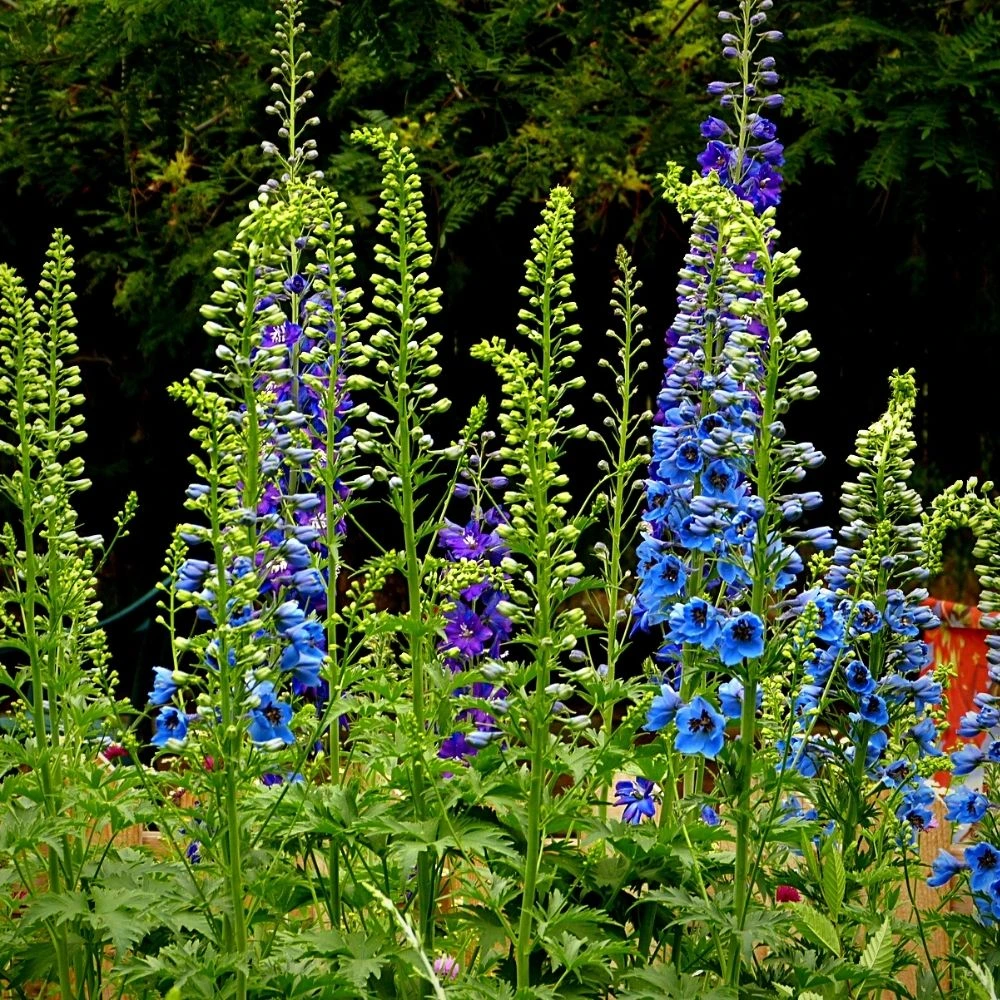
10. Propagation
The technique of replicating plants from a single parent plant is known as propagation. Plant propagation techniques include division, budding, and grafting, but cutting is the most common because it poses the least harm to the parent plant. Simply put, you propagate plants in order to multiply them.
11. Rhizomes
Think of rhizomes as underground stems. They grow horizontally below the soil (or sometimes above ground) and provide support and act as vehicles for nutrients. Examples of rhizome plants include snake plants, ginger, bamboo, and calla lilies.
Now that you know more general gardening terms, it's time to get into flower terms you should know if you're a beginner in the amazing gardening world.
12. Deadheading
Deadheading refers to simply removing the dead flower heads from your plants. Not only does deadheading clean up a plant's appearance, but it also controls the spread of seeds and encourages your flowers and plants to continue to grow thicker and fuller than before. PS: Deadheading and pruning are regularly confused or used interchangeably—but they're different. Pruning involves removing any part of the plant (including its branches or foliage). Deadheading calls for removing the flower heads only.
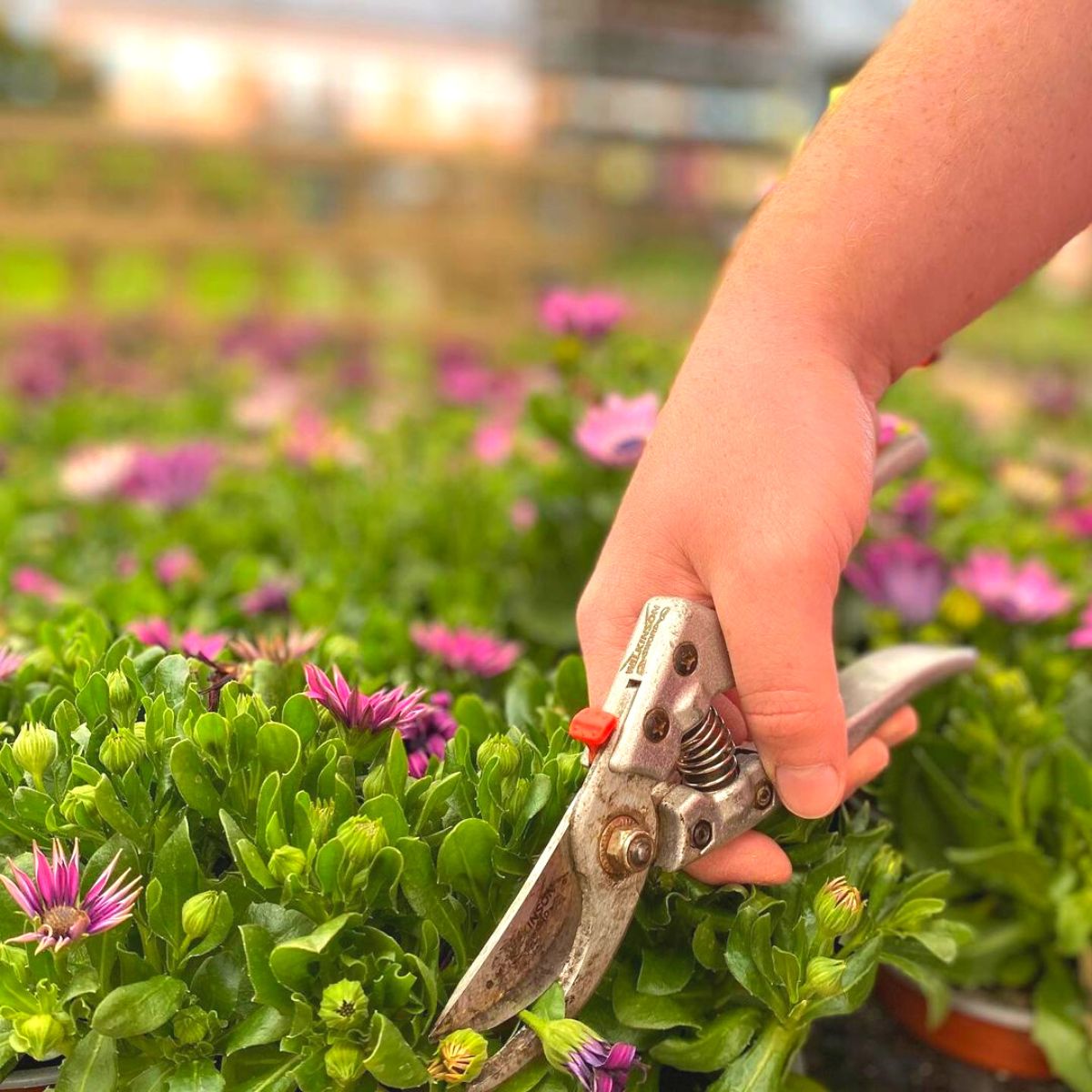
13. Pistils
The female reproductive component of a flower, the pistil, is where pollen is transmitted to the stigma, which finally fertilizes the ovule, causing the flower to bear seeds and fruit. This is a very common term in the gardening world so you bet you'll hear it around a lot! Take note of all these 15 gardening terms if you're a sole beginner in the gardening ambit.
14. Pollination
Pollination is essential for a beautiful, thriving garden—it's the process that results in abundant blossoms and delicious fruit. The transfer of pollen, either carried out by the wind or by animal or insect pollinators, allows fertilization and encourages reproduction. This is also why attracting and protecting pollinators such as bees, butterflies, and hummingbirds is critical not only to the health of your garden but to the health of the entire local ecosystem.
15. Sepals
Last and not least, sepals make a part of the 15 gardening terms beginners should know. Sepals are small, leaf-shaped, green-colored, and the outermost part of the flower. They are the vegetative part of a flower, which functions by protecting the rising buds and by supporting the petals when in bloom. The sepals are considered as the modified leaves. Sepals shield the flower buds and protect flowers as they emerge.
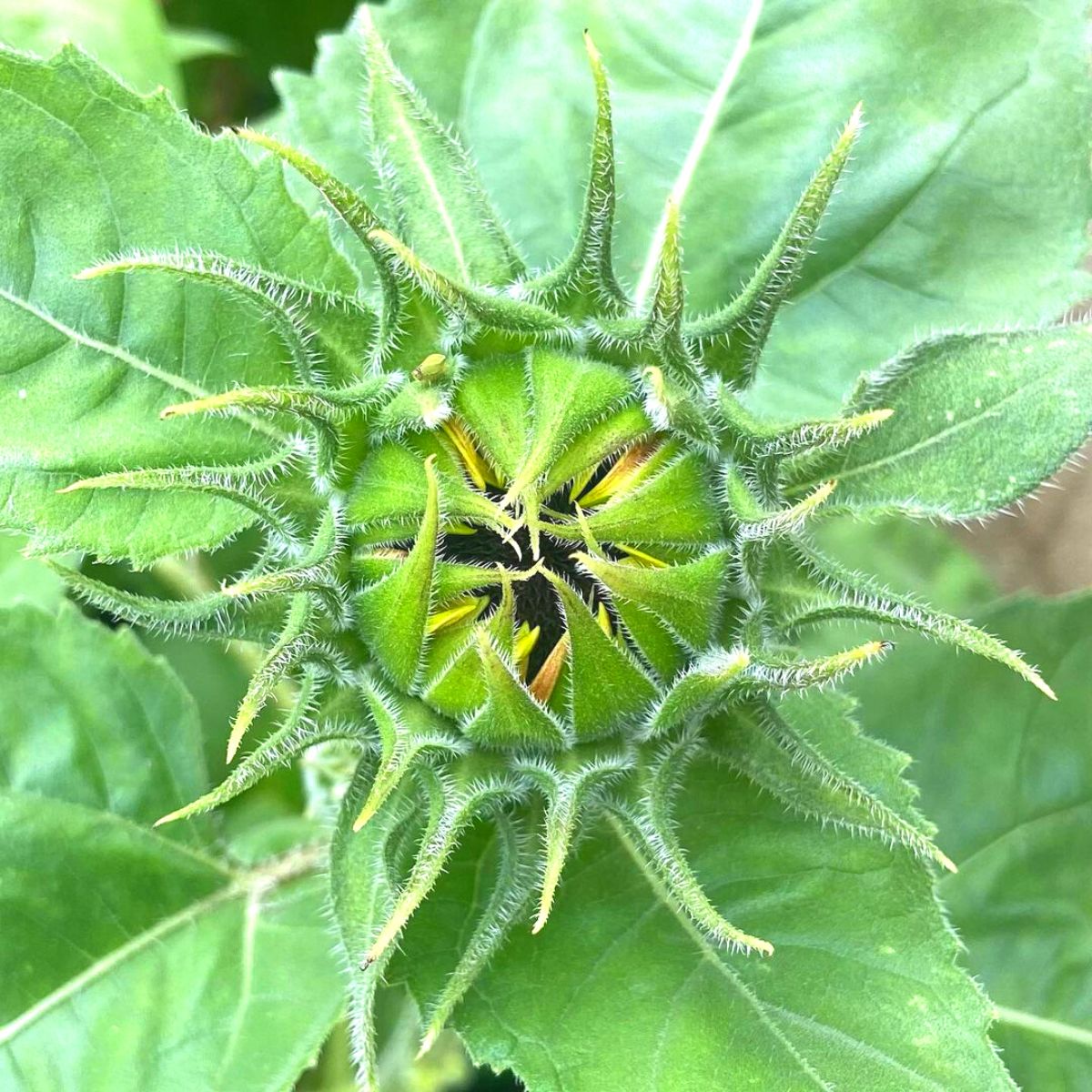
By having all these terms in mind, you'll become a better gardener instantly because things will be definitely easier for you once you understand these essential words. There are many more gardening terms to know about once you start going further in your journey of course!
Header image by @omandgardenslc and feature image by @loes_tuin.

